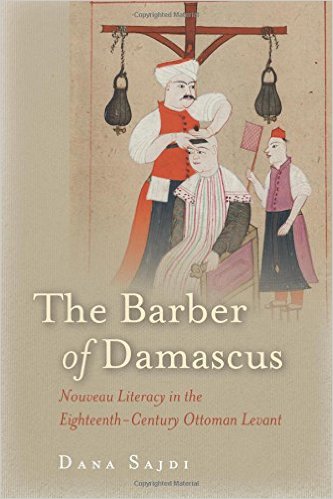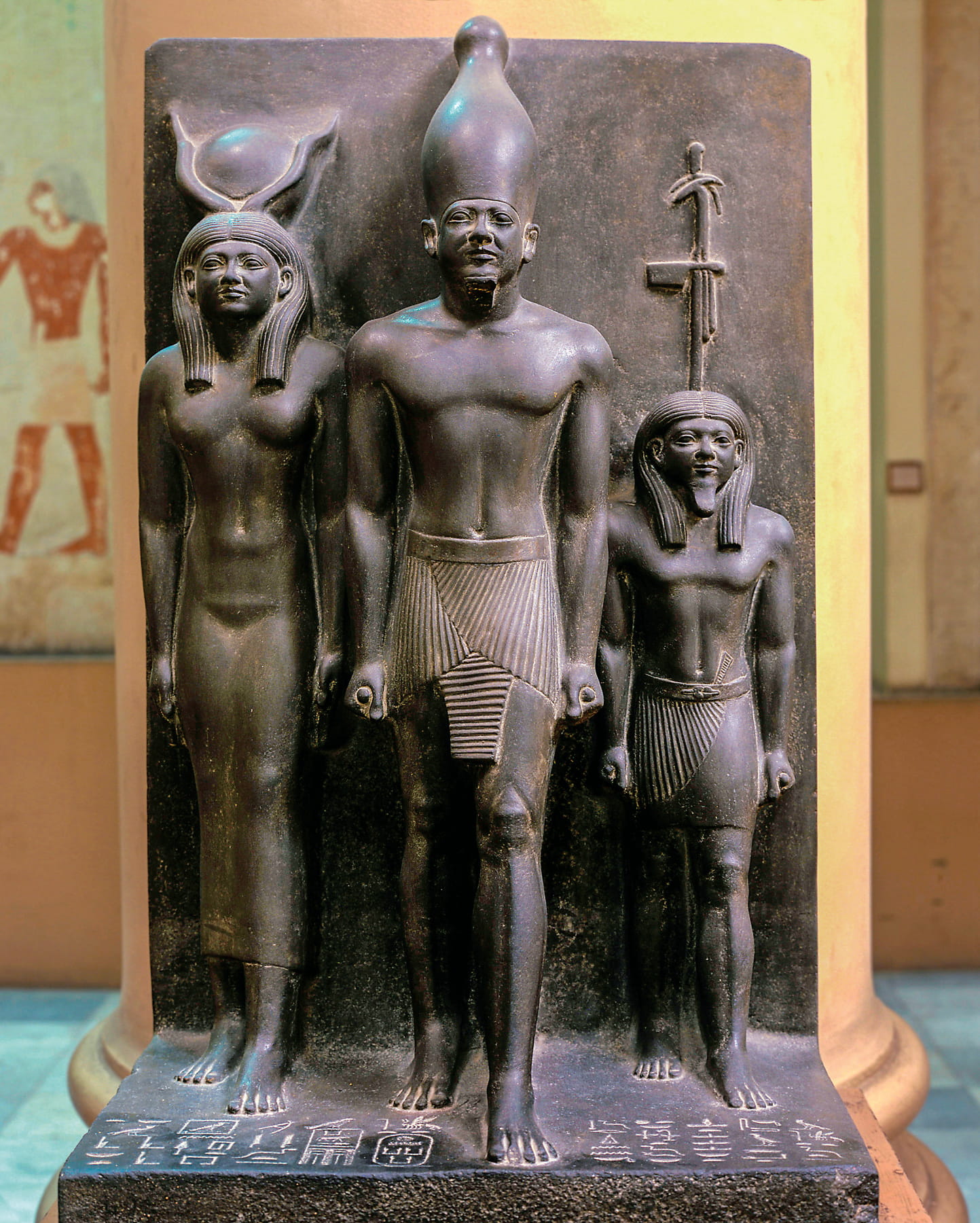
The Barber of Damascus: Nouveau Literacy in the Eighteenth-Century Ottoman Levant
Tom Verde
Dana Sadji
2013, Stanford UP, 978-0-80478-532-7, $60 hb.
This book arose from the author’s chance encounter with a footnote about a history penned by an 18th-century Damascene barber named Shihab al-Din Ahmad Ibn Budayr. His chronicle of the years 1741-1762 offers a wealth of information about everyday life, from “unusual weather phenomena . . . [to the] prices of produce and staple foods,” as well as “news of political import” as Ottoman society slowly modernized in the face of interaction with the West. People “of diverse social backgrounds” gathered Ibn Budayr’s shop in the heart of Damascus to complain about inflation and corrupt government officials such as Governor As’ad Pasha, who “diverted water from the canals to his palace so that water was cut from [public] fountains.” Yet Ibn Budayr and his ilk who kept journals also benefited from what Sadji terms “nouveau literacy,” an emerging, progressive desire among an increasingly literate plebian class “to place [themselves] in the world and in [their] present” via the written word, an exercise hitherto the realm of the scholarly.
